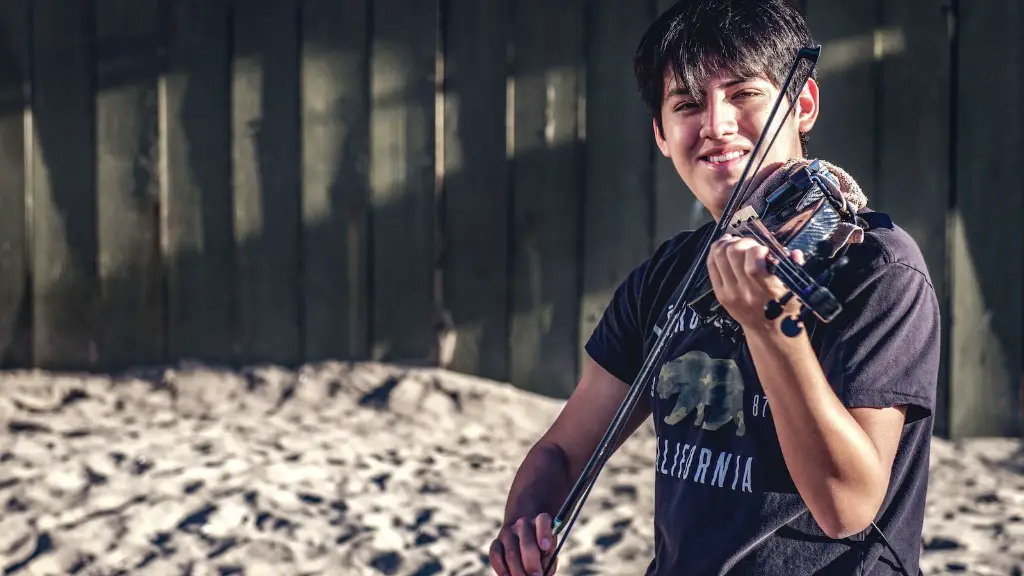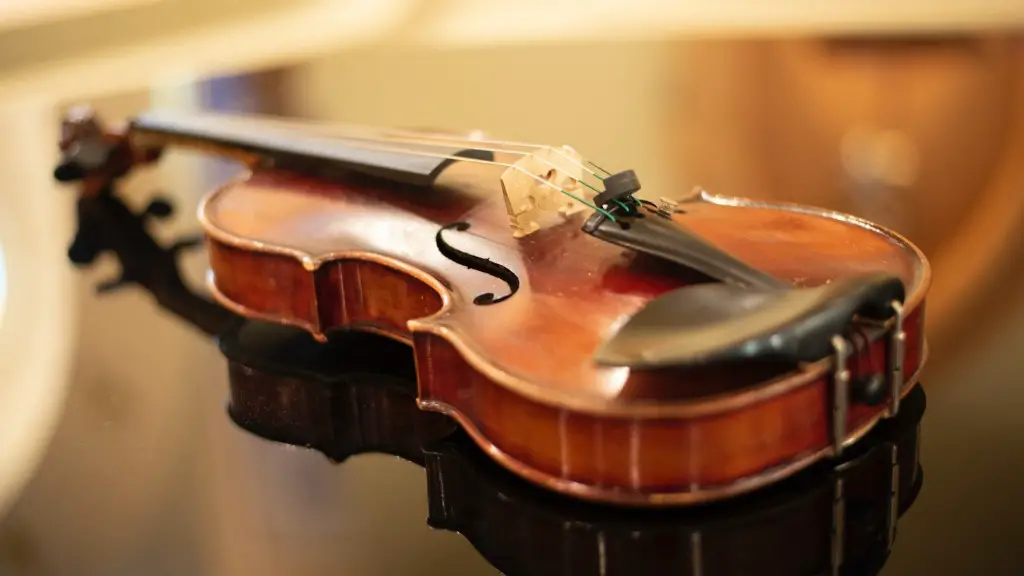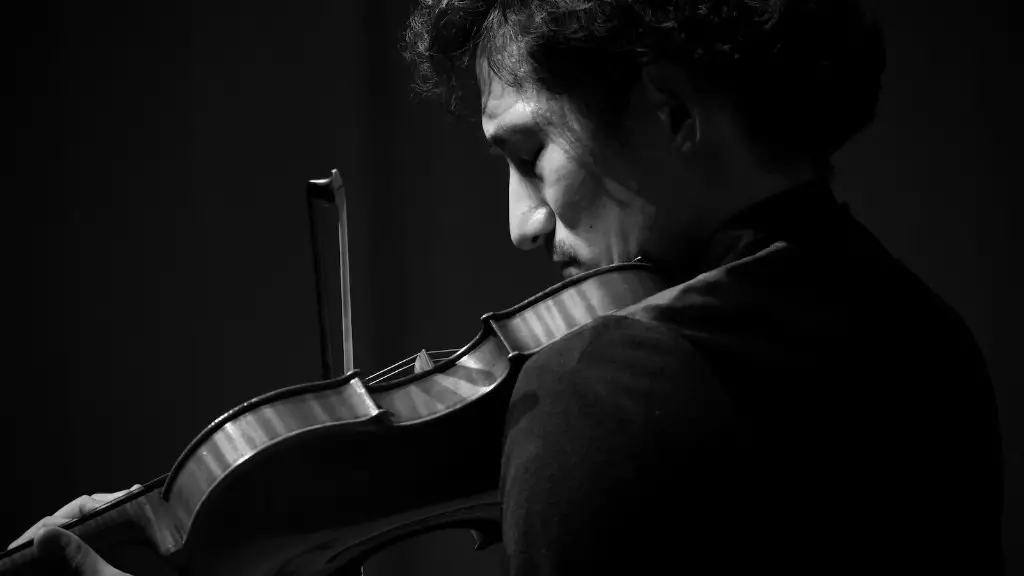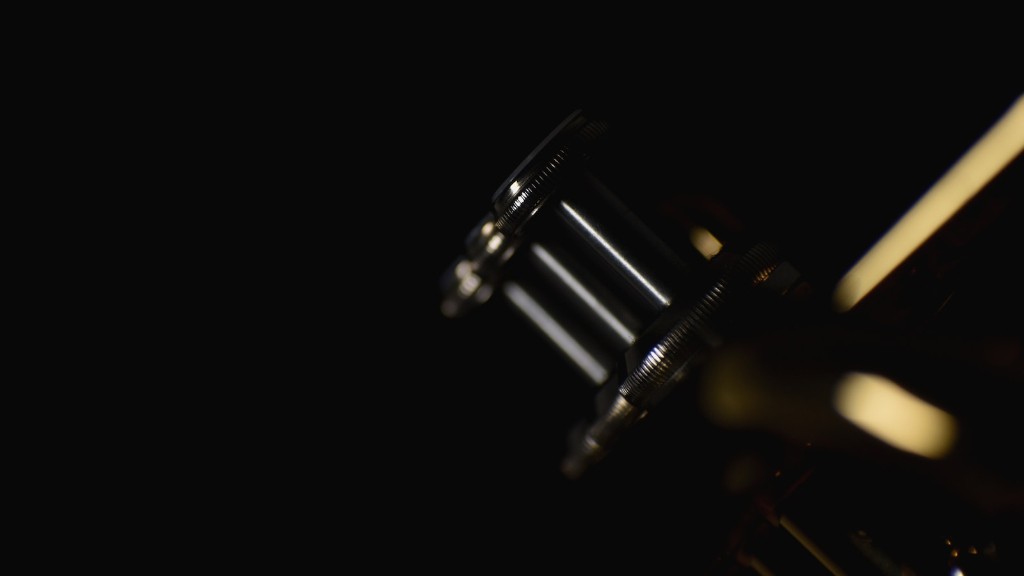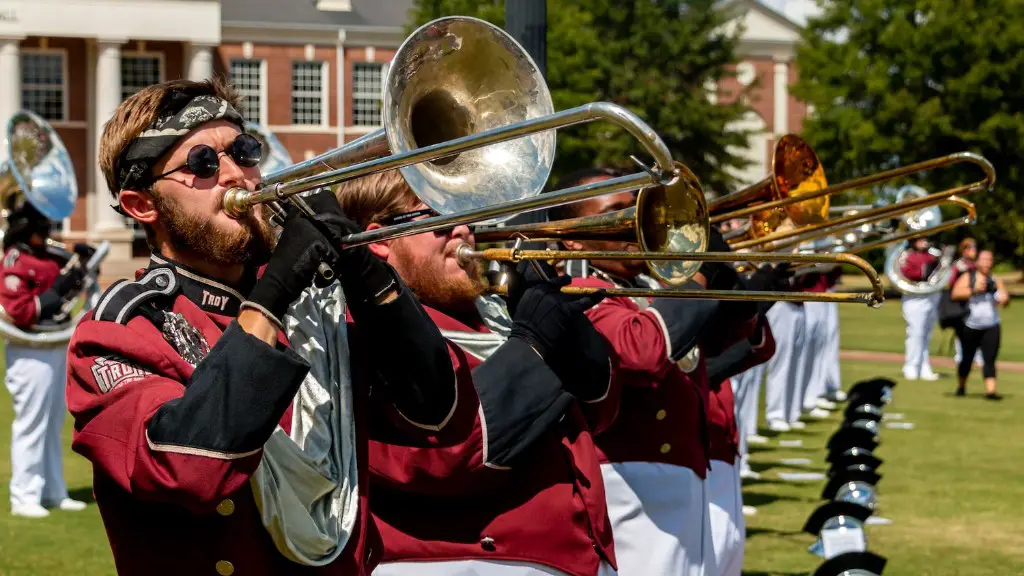The first record of a violin being used in Europe is from Germany in 1581. It is hard to know for certain when violins were first invented because there are no existing violins that date back to the 1500s. The earliest violins were probably made in Italy in the late 1500s.
A violin is a string instrument that dates back to the 16th century. It is believed that the first violins were created in Italy. The word “violin” is derived from the Italian word “viola,” which means “string.”
When was the first violin invented?
The violin, viola and cello were first built in the early 16th century, in Italy. The earliest evidence for their existence is in paintings by Gaudenzio Ferrari from the 1530s, though Ferrari’s instruments had only three strings. These early instruments were likely influenced by the lira da braccio, a bowed string instrument that was popular in Italy at the time.
The first violins were probably made in Cremona, Italy, around 1550. The city became an important center for violin making, and the craft flourished there for centuries. Many of the most famous violin makers, such as Antonio Stradivari, Guarneri del Gesù and Amati, were from Cremona.
The violin quickly became popular throughout Europe, and was used in both secular and religious music. It became an important instrument in the development of the Baroque style of music in the 17th century. The violin has remained popular to the present day, and is one of the most widely used instruments in the world.
Andrea Amati was an Italian luthier who is credited with creating the first violin. The oldest existing violin, built by Andrea Amati, dates back to 1555. Compared to its ancestors, the violin is in a class by itself in terms of completeness. In addition, it was not improved gradually over time, but appeared in its current form suddenly around 1550.
What was the violin originally used for
Violin is a musical instrument which is played with a bow. It is a part of the string family. It is the smallest and the highest-pitched string instrument.
The earliest violins were used for popular and dance music. They were also used to provide accompaniment for singers and other instruments. During the 17th century, the violin replaced the viol as the primary stringed instrument in chamber music. The Italian composer Claudio Monteverdi included violins in the orchestra of his opera Orfeo (first performed in 1607).
Andrea Amati was a luthier who lived in the 16th century. He is credited with perfecting the size and shape of modern string instruments. The oldest violin still in existence was built by Amati in 1564. It is nicknamed the Charles IX after the King of France, who bought 24 violins from Amati.
What is the oldest instrument ever?
The flute fragments found at the Geissenklösterle site date back to around 35,000 years ago, making them some of the oldest musical instruments ever found. The new flutes, however, date to the period of settlement in the region by modern humans, which occurred around 40,000 years ago. This discovery provides further evidence that music was an important part of the culture of early humans.
The violinist Toscha Seidel was a renowned player of the Stradivarius violin. He was known for his outstanding skill and beautiful tone. He was one of the greatest ever made.
How old is violin?
The violin first appeared in the Brescia area of Northern Italy in the early sixteenth century. Around 1485, Brescia was home to a school of highly prized string players and was famous for makers of all the string instruments of the Renaissance; the viola da gamba, violone, lyra, lyrone, violetta and viola da brazzo.
The violin is a fascinating instrument with a long history and many interesting facts. For example, did you know that you can burn up to 170 calories per hour by playing the violin? Or that the largest playable violin in the world is 427 meters tall and 522 meters wide?
Whether you’re a violinist or simply a fan of the instrument, there’s plenty to learn about the violin. So, check out these fun facts and get ready to be impressed!
What are 3 facts about the violin
Here are some interesting facts about the violin that you may not have known:
-The modern violin has been around for roughly 500 years
-Playing the violin burns approximately 170 calories per hour
-Violins are typically comprised of spruce or maple wood
-Violins come in many different sizes
-Violins are very complex
There’s a common belief that because a violin is old, it must be valuable. Not necessarily so. In fact, the vast majority of old violins that people find tucked away in attics and closets are not worth much, or anything.
What are 5 facts about the violin?
The violin is a beautiful and complex instrument that has been around for hundreds of years. Though it may look simple, playing the violin is actually quite physically demanding, burning approximately 170 calories per hour. Violins are typically made from spruce or maple wood, and come in many different sizes to accommodate different players. Whether you’re a beginner or a seasoned pro, there’s a violin out there that’s perfect for you.
Electric violins are plugged into an amplifier, which can be used to create a wide range of sounds. They’re often used in rock and jazz music.
Semi-acoustic violins are a mix between acoustic and electric violins. They’re not as loud as electric violins, but they have more volume than regular acoustic violins.
Silent violins are designed for practice. They don’t make any sound on their own, so you have to plug them into an amplifier or headphones to hear them.
What is violin slang for
It can be easy to control or manipulate someone by playing on their emotions. You might do this to get what you want from them or to get them to do what you want them to do. It’s important to be aware of this tendency and to be careful not to do it yourself.
The Cello came first! Andrea Amati (1505-1577) designed and built the instruments of the violin family as we know them today. The “King” cello, as it is called, the earliest instrument of the violin family known to survive was built in 1538.
What are the 4 types of violin?
The standard modern violin family consists of four instruments: the violin, viola, cello, and (possibly) double bass. Each instrument has a unique sound and range, making them essential for creating a well-rounded sound in an orchestra or other ensemble.
The Hurdy Gurdy was a six-stringed instrument that was popular in Europe during the Renaissance times. It is believed that the popularity of the instrument declined due to the introduction of the violin.
The Kartal is a percussion instrument that is made up of two wooden blocks that are struck together to create a sound. This instrument is believed to have originated in India.
The Kinnera Lyre is a stringed instrument that is similar to a harp. It is believed to have originated in ancient Greece.
The Panpipes are a wind instrument that is made up of a series of pipes of different lengths. This instrument is believed to have originated in South America.
Final Words
The earliest known form of the violin, called a rebec, was first played in central Asia sometime in the 9th or 10th century. The rebec later spread to southern Europe, where it was played by folk musicians. By the 14th century, the rebec had evolved into the violin we know today.
While there is no clear consensus on when the violin was invented, most evidence points to its origins in 16th-century Italy. Antonio Stradivari is widely considered to be the greatest violin maker of all time, and his instruments from the 17th century are still highly prized today. The violin is a truly remarkable invention that has enthralled audiences for centuries.
